When you think “German sports car,” you’re almost certain to think about Porsche first – but the original Boxster was penned by an American for Americans, and Porsche struck gold by trusting that pen.
When experts consider the cars that saved Porsche from losing its financial independence, their lists usually begin with the 1996 Boxster (internally known as the 986) and continue with the 2002 Cayenne. Developed under the “Colorado” codename, the porky SUV was first announced back in 1998, and by December of 2020, Porsche had produced its 1,000,000th Cayenne, just 18 years into production. Compare that to the 53 years it took for the 911 to achieve the same, and you get a clear picture of the significance of the brand’s first SUV.

On the lighter side of the scale, the mid-engine Boxster turned 25 this year, and with four generations, a capable coupé sibling and plenty of success in motorsport, it remains the true superstar of its class.
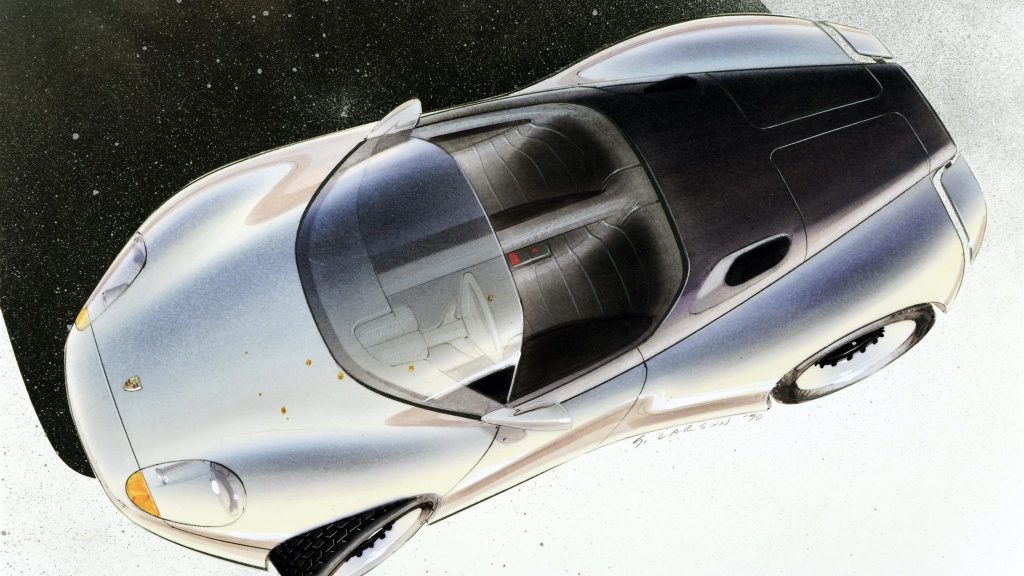
Despite Porsche’s low sales numbers and small staff in the pre-SUV era, the firm was nevertheless willing to spend a lot of its hard-earned cash on running a few technically very different product lines. The lineup started with the air-cooled rear-engine 911 and continued through the water-cooled front-engine transaxle 944 and 968, only to peak at its V8 flagship 928. Add racing at the highest levels, plus the development of the Group B-turned road-going supercar 959, and it’s no wonder that when the US dollar fell in value, in the late 1980s, Porsche AG landed in a difficult spot.
As a response to that, in 1991, Porsche came up with a new business plan. The people in charge of the new strategy were Horst Marchart, member of the executive board for research and development, Wendelin Wiedeking, leading production and materials management, and sales chief Dieter Laxy. All of them remembered a project for a small sports car that was cancelled.
Back in the ’80s, while tweaking Seat’s “System Porsche” 1.2- and 1.5-litre engines for the Ibiza, the Spanish carmaker had the ambition to launch a bubble-roofed compact sports car called the PS. After Volkswagen replaced Fiat as the major shareholder in Seat in 1986, the project got shelved, only to continue at Porsche as the possibly all-wheel-drive, air-cooled flat-four sports car known internally as the Junior.
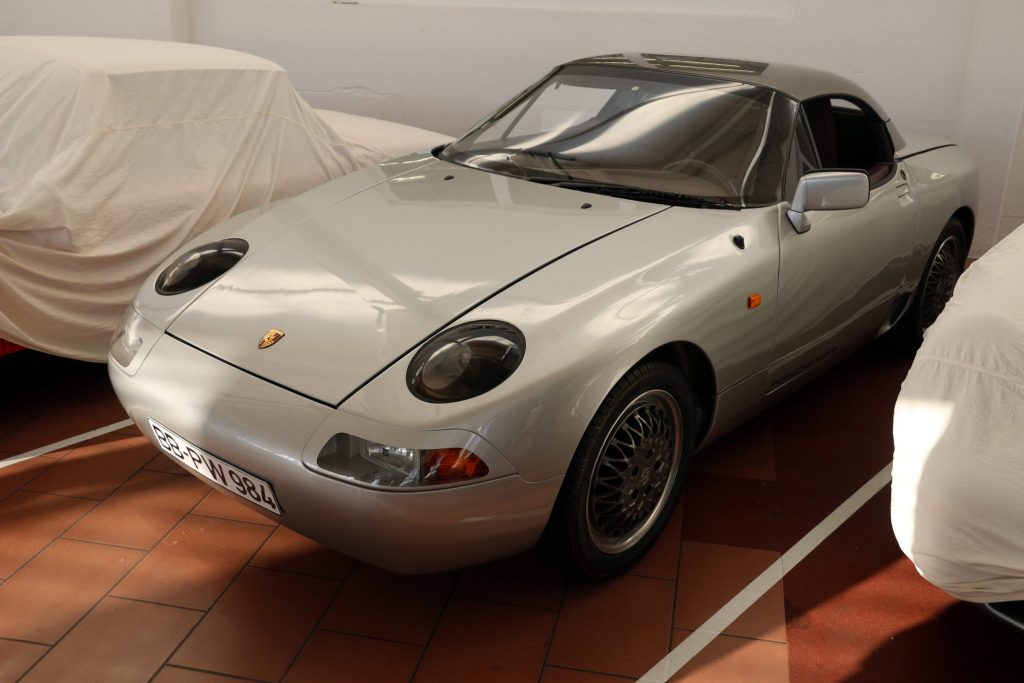
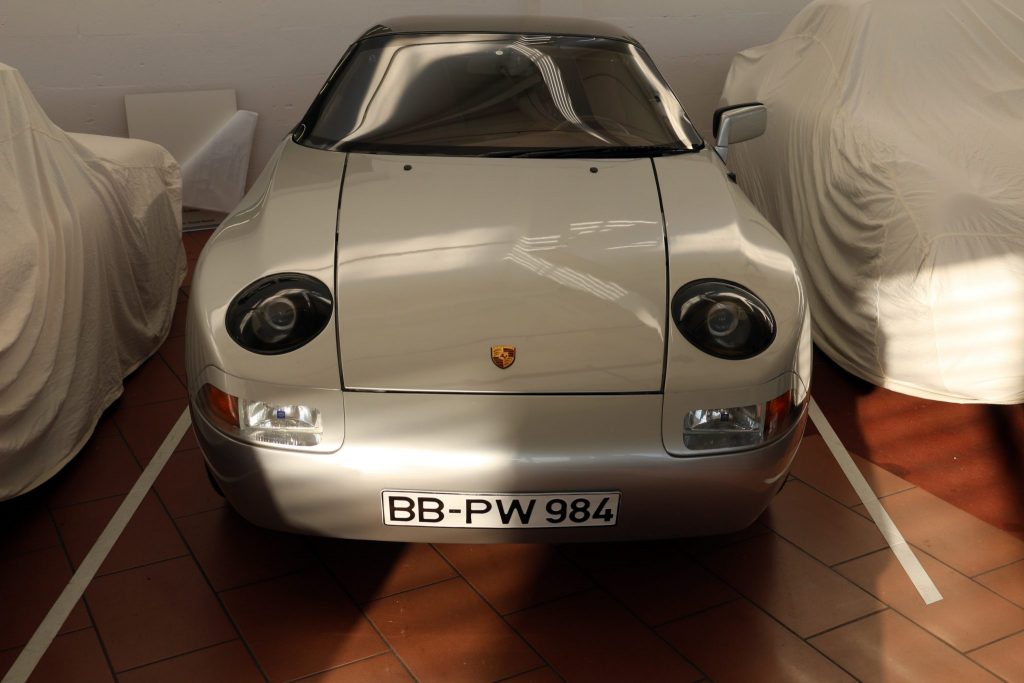
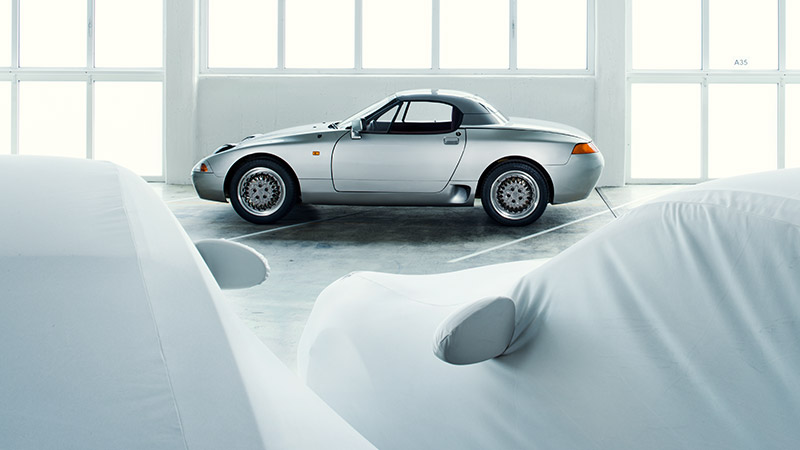
In rear-drive form, this became the Porsche 984 concept, which retained an advanced folding hardtop mechanism along with the multilink rear axle Porsche eventually used for the final air-cooled 911, the 993. Achieving its performance goals through low driving resistance rather than packing the usual six cylinders, the 1984cc flat-four in the 984 was supposed to combine an output of 120-150 horsepower with low fuel consumption to emerge as an affordable rear-drive road car, or with enhanced power and grip, as an all-wheel-drive motorsport product. Porsche’s target figures included a kerb weight of 880kg and a top speed of 136 miles per hour.
By 1987, the company’s financial situation was dire enough to put a lid on its sub-40,000 Deutschmark roadster, and according to research and development boss Horst Marchart, they quickly came to the conclusion that their four-door Type 989 concept wasn’t the car for the 1990s either.
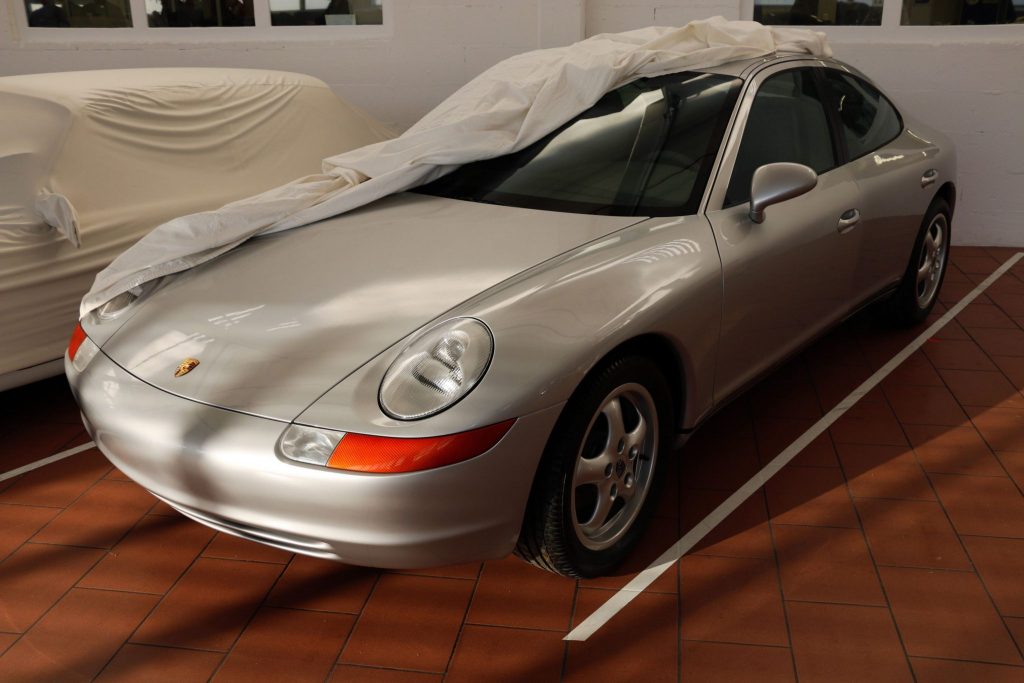
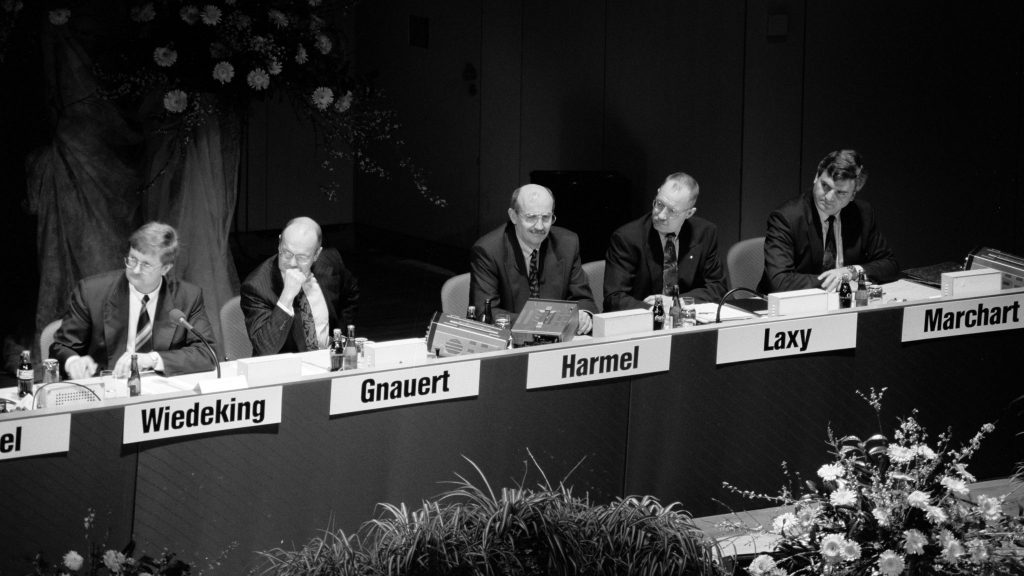
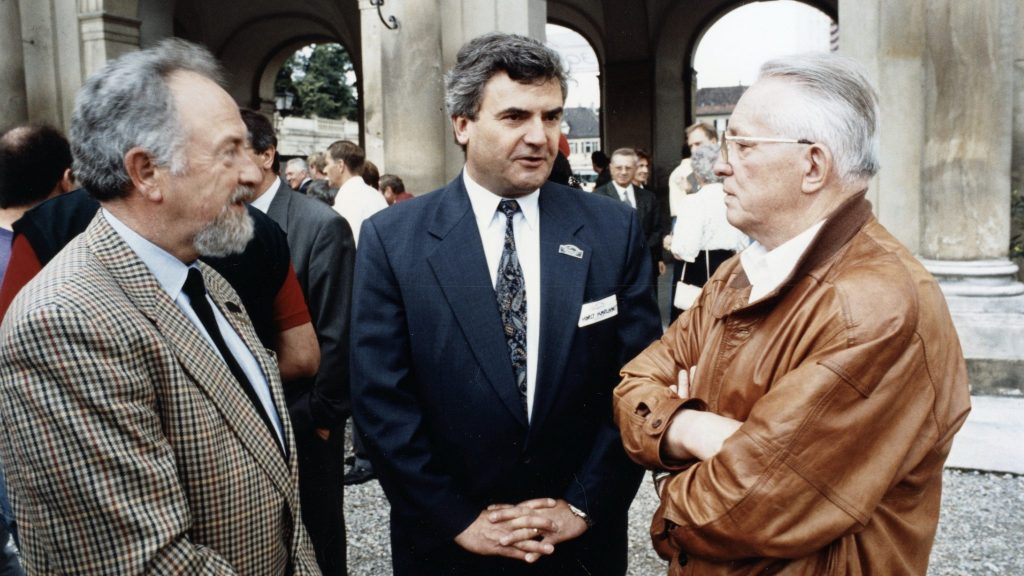
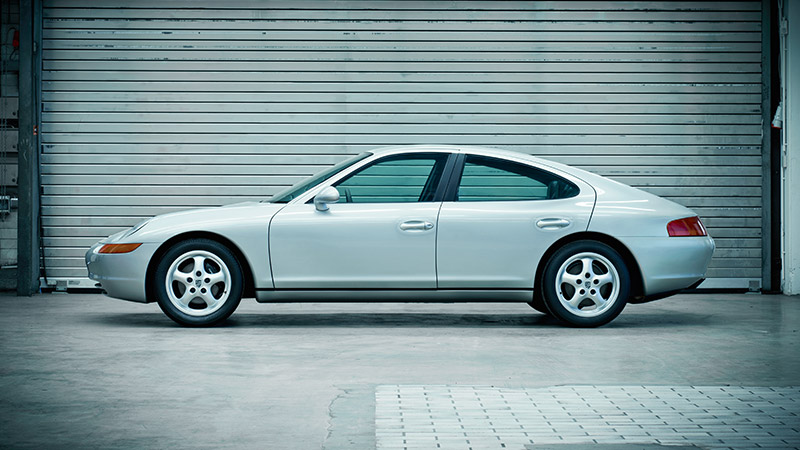
“We did not believe that the four-seater Type 989 being developed at the time would rescue us from our difficult financial situation,” said Marchart, “as the expected sales figures would be too low for the company and the dealer organisation, and the vehicle would also not allow any common parts with the 911 model series because it was an independent product line. The idea was to create an additional product line from the vehicle concept and components of a new 911. It was to be a two-seater with a front end close to that of the 911 to guarantee clear identification of the car as a Porsche. In addition, the new car should cost around 70,000 marks and also appeal to younger customers. My concept was accepted.”
While Marchart’s idea got the green light, when it came to the actual looks of this crucially important entry-level product, Porsche’s board picked American Grant Larson’s design, who worked under chief Harm Lagaay’s guidance on his concept inspired by 356 Speedster, as well as all those underdog 550s.
Indeed, despite the long absence of such a car from its range, Porsche had history with the compact two-seater layout. In 1948, the first 356 “No. 1” Roadster was a mid-engine flat-four, as were the ultra-lightweight 550 Spyders and their successors, the 718s introduced for the 1957 racing season.
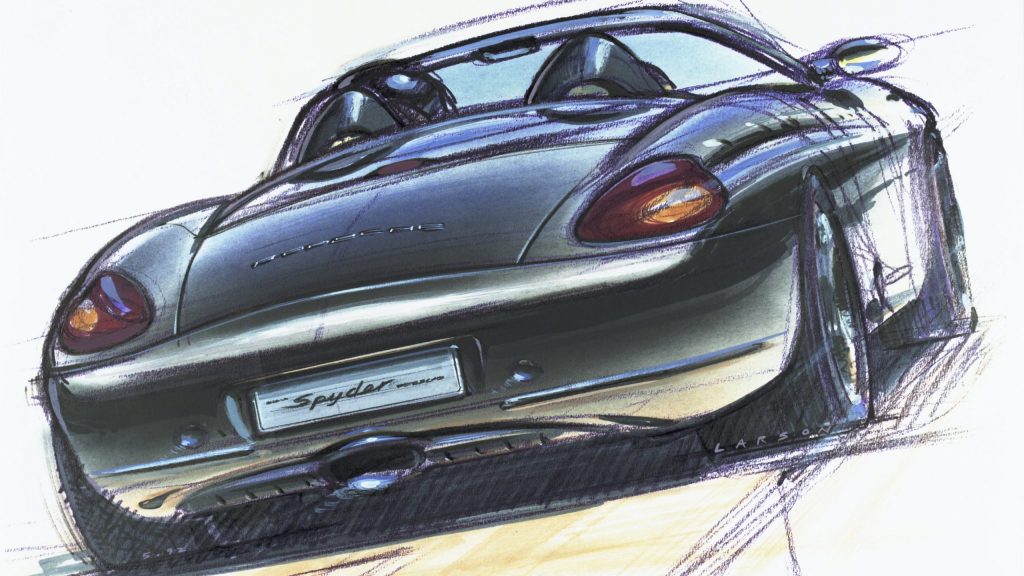
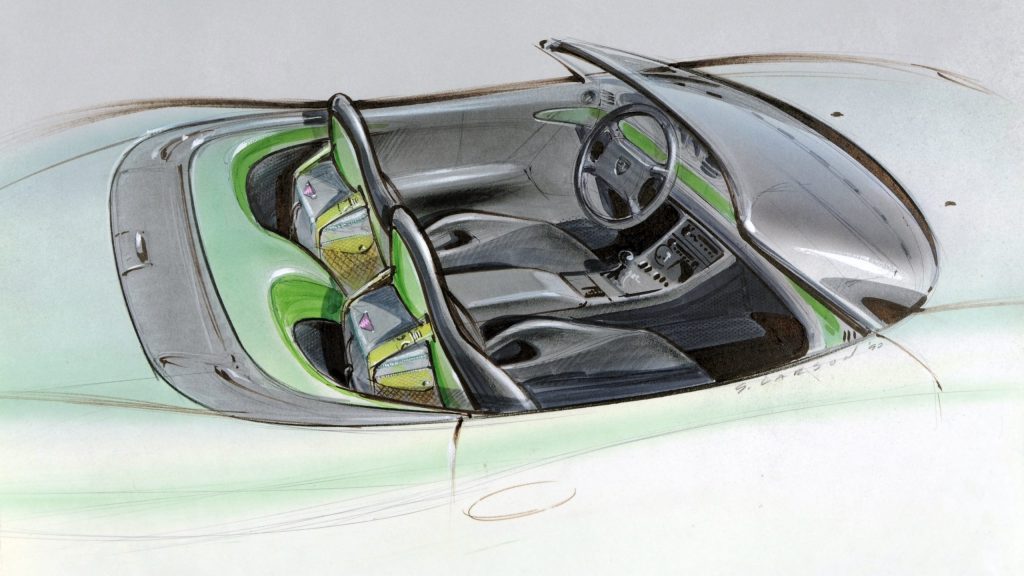
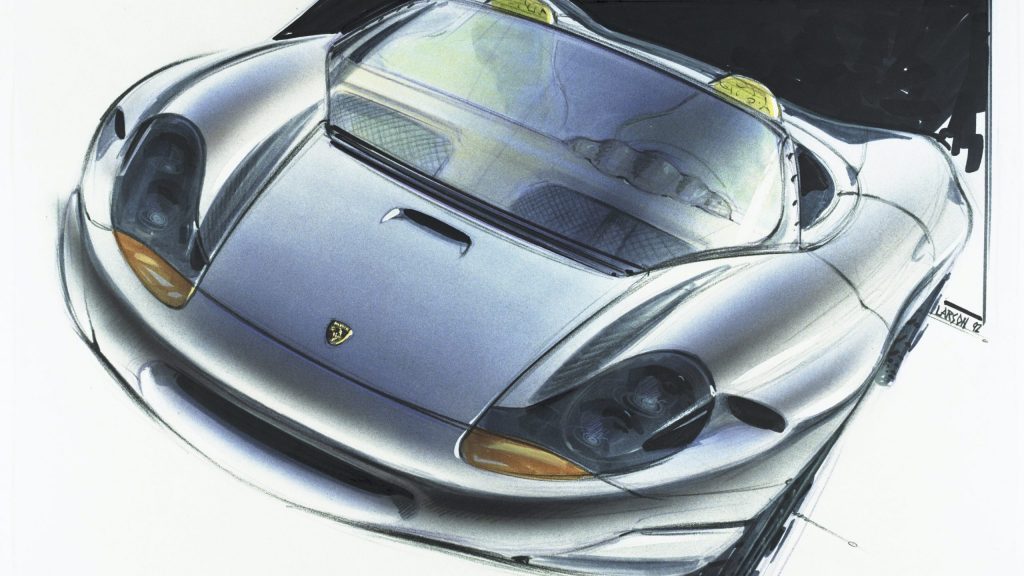
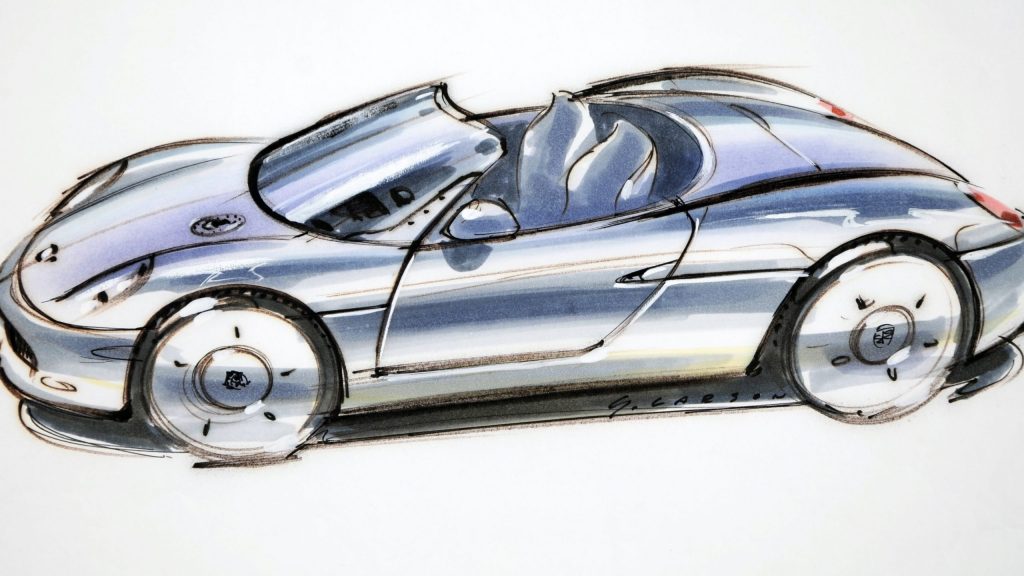
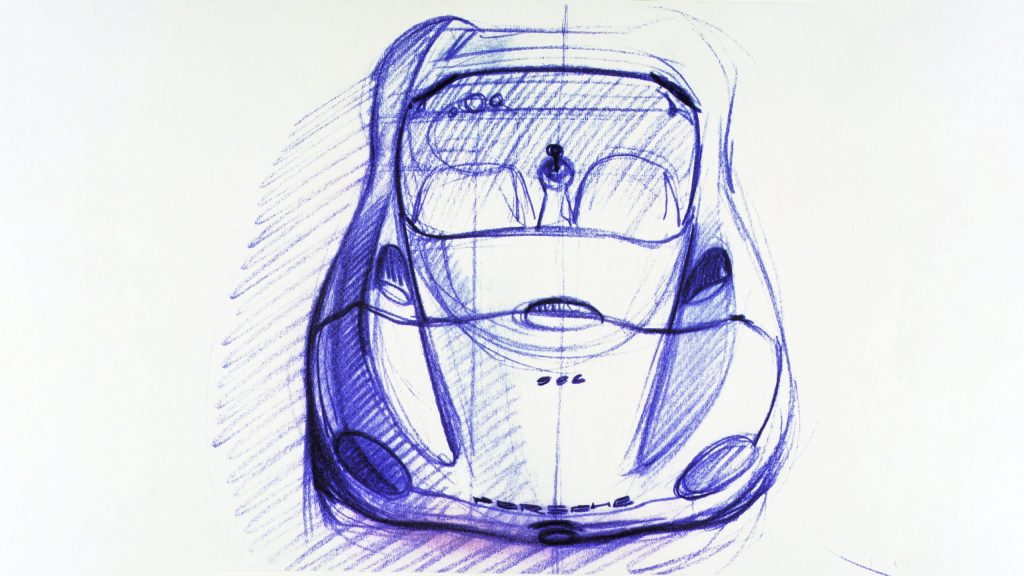
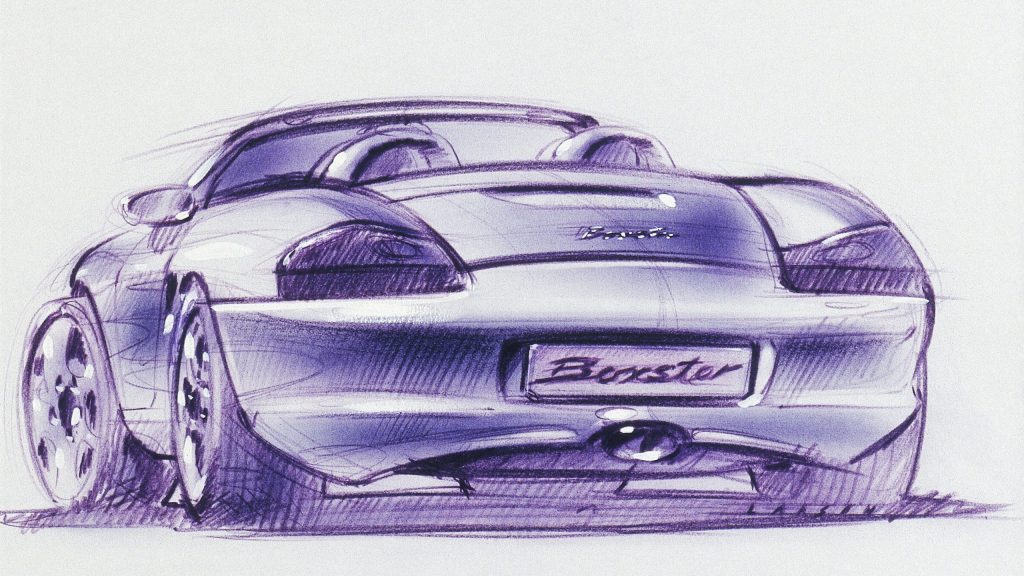
Their small roadster idea was refined further with the American market in mind, and by the 1993 Detroit Auto Show, Porsche was ready to wow the audience.
“We had set ourselves the goal of reducing costs throughout the whole company,” continues Marchart. “We wanted to reduce the production costs for new cars by 30 per cent, which was possible among others through a carry-over part concept for the assemblies. In order to realise this, we created development teams that were simultaneously responsible for both vehicles. Fictitious price targets were defined for the components in the Development and Purchasing departments in order to ensure that we would achieve the desired manufacturing costs.”
Porsche’s goal was met, as the first Boxster shared its front end, doors and numerous other bits with the 996-generation 911, which launched a year after the water-cooled mid-engine roadster.
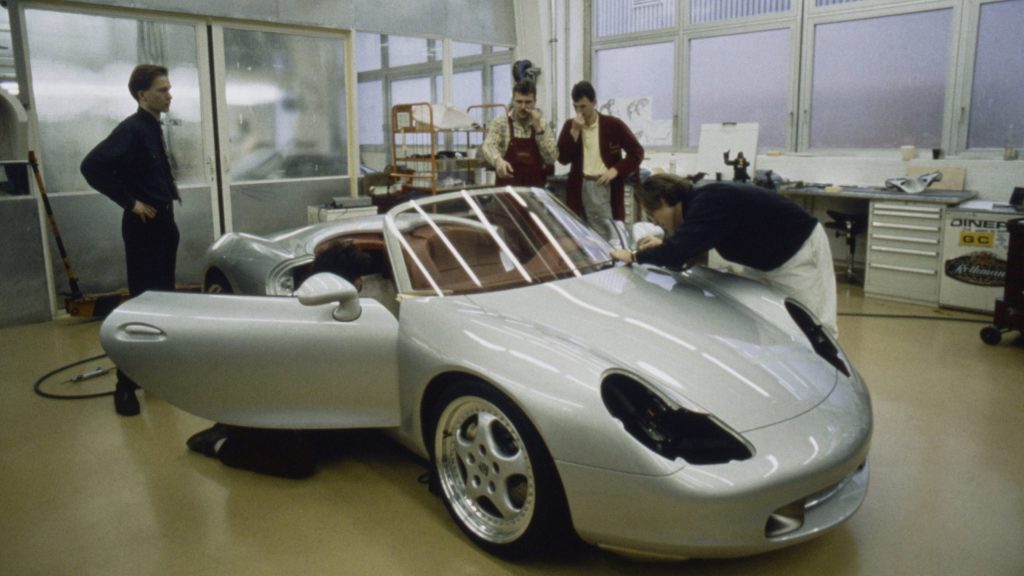
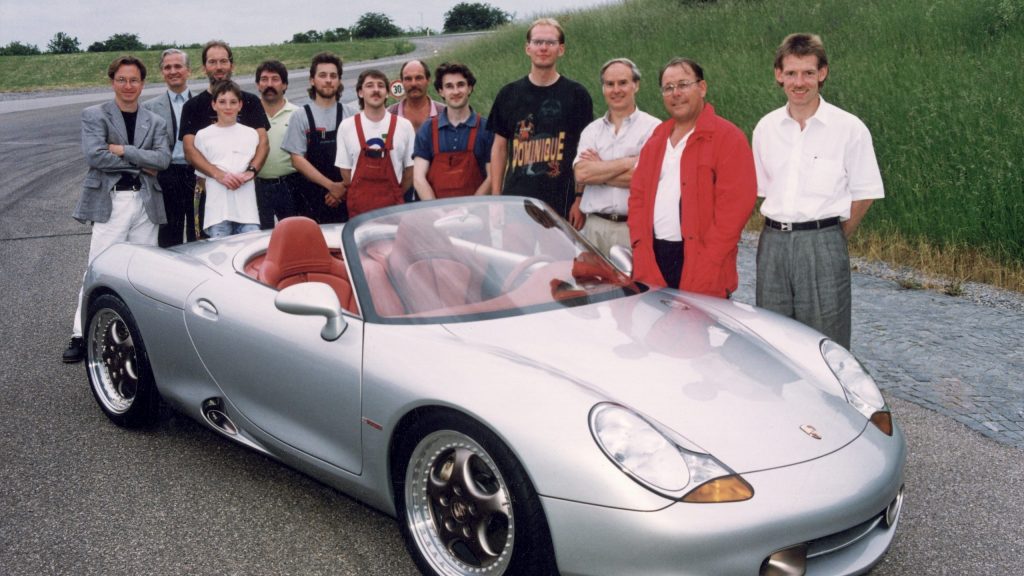
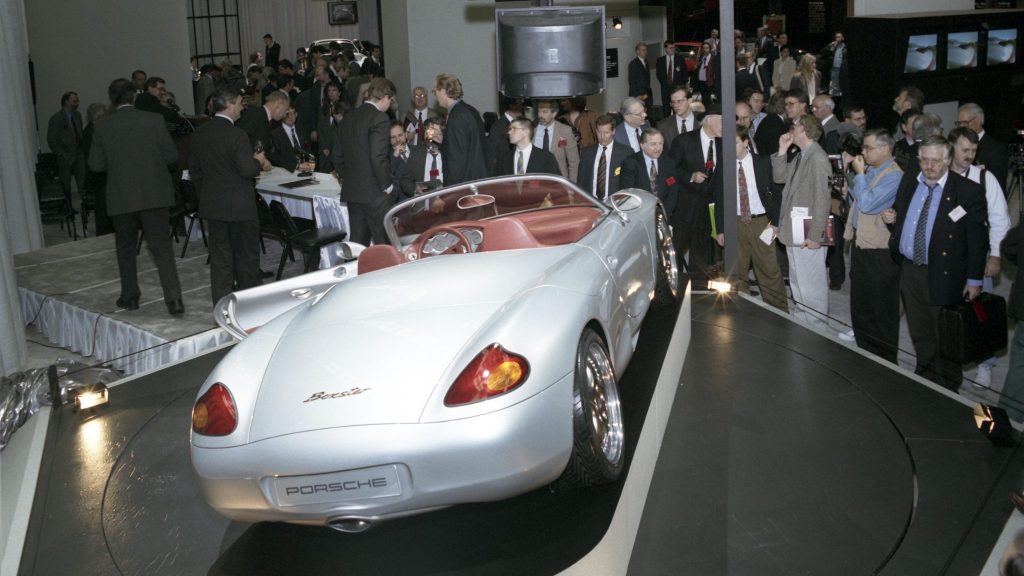
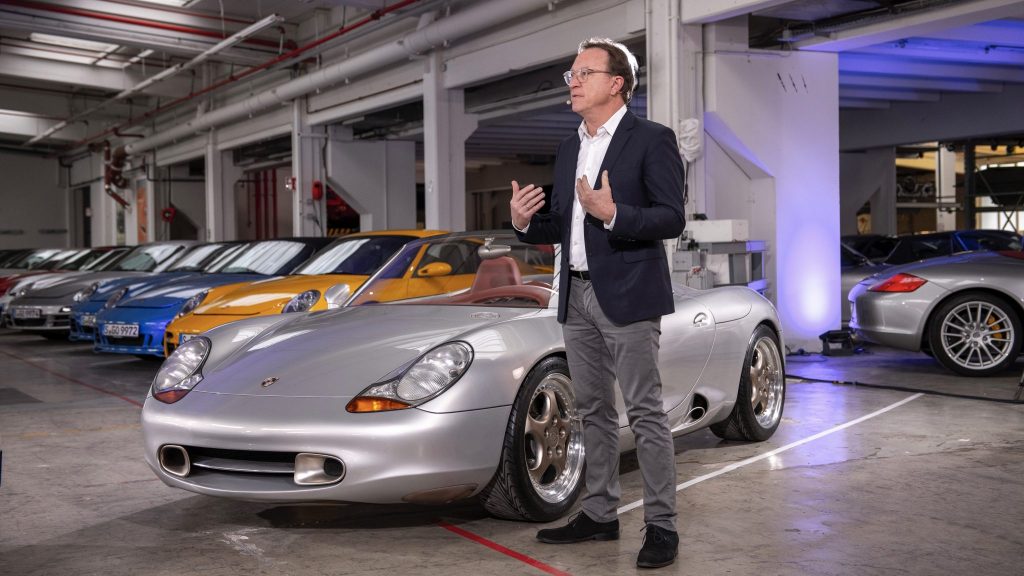
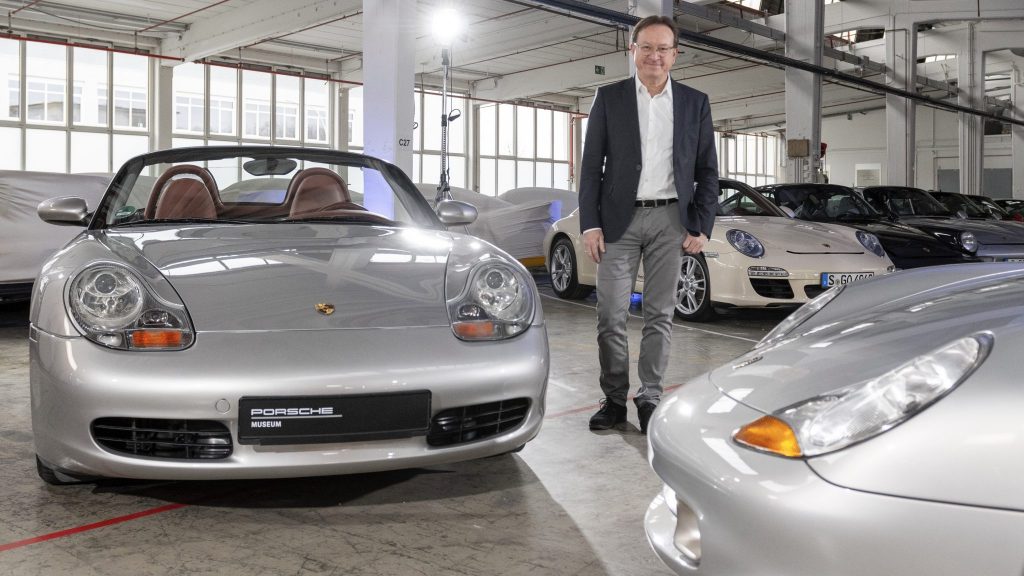
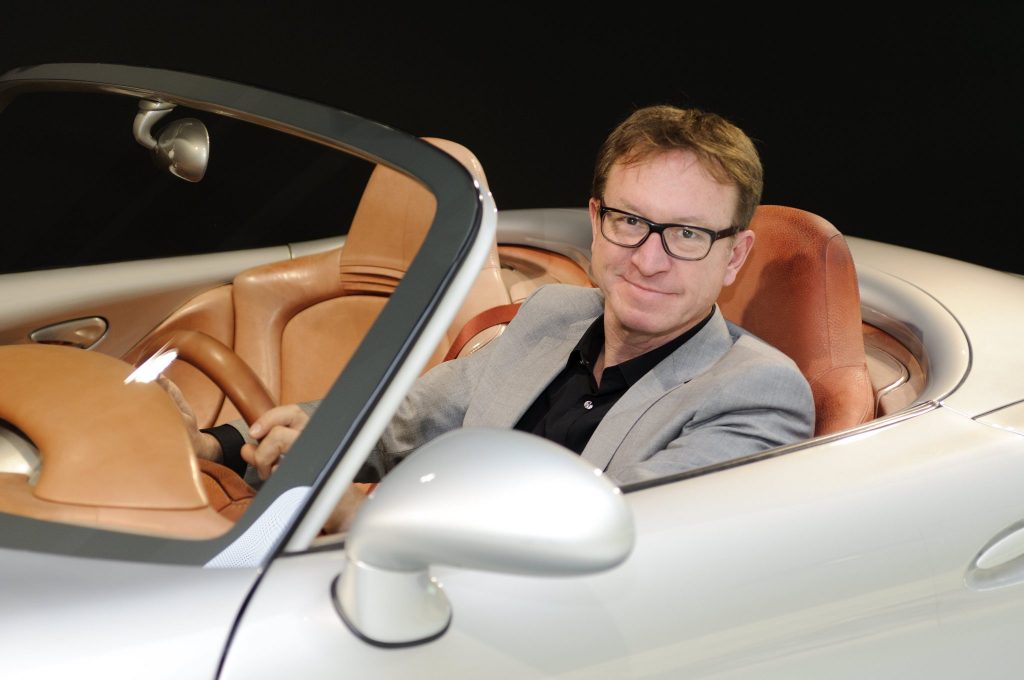
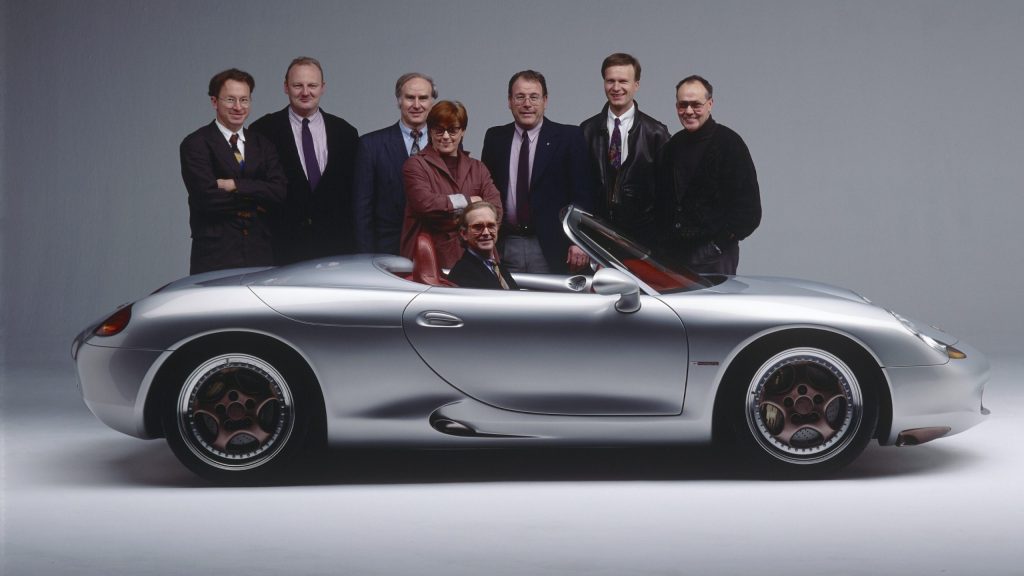
The production car had to grow a few inches in all directions, and it gained some weight due to being equipped with roll bars, side impact bars, and further safety features. The show car’s low air intakes moved to a higher position for practical reasons, while inside the two-seater cockpit, the formerly five-gauge dash familiar from 911s was dialled back to a three-pod design. Yet with its central exhaust, curvy wings, short rear overhang and compact roadster proportions retained, the 1996 Porsche Boxster was bound to be an effective gateway drug for all roadster fans looking for new thrills after Mazda MX-5s, Toyota MR2s and BMW Z1s.
There have already been a number of interesting twists and turns in the Boxster’s 25-year history. Now that the mid-engine Porsche family once again offers a flat-six and is more capable than ever, one can only wonder what the Boxster/Cayman story’s next chapter holds. What might power the 50th anniversary Boxster in 2046? A punchy flow of electricity seems like a safe bet.
Via Hagerty US
Read more
Rare 1955 Porsche 550 Spyder uncovered in Californian shipping container
This Porsche 914 restomod has the heart of a Cayman
Porsche toyed with recreating the 550 RS Spyder












